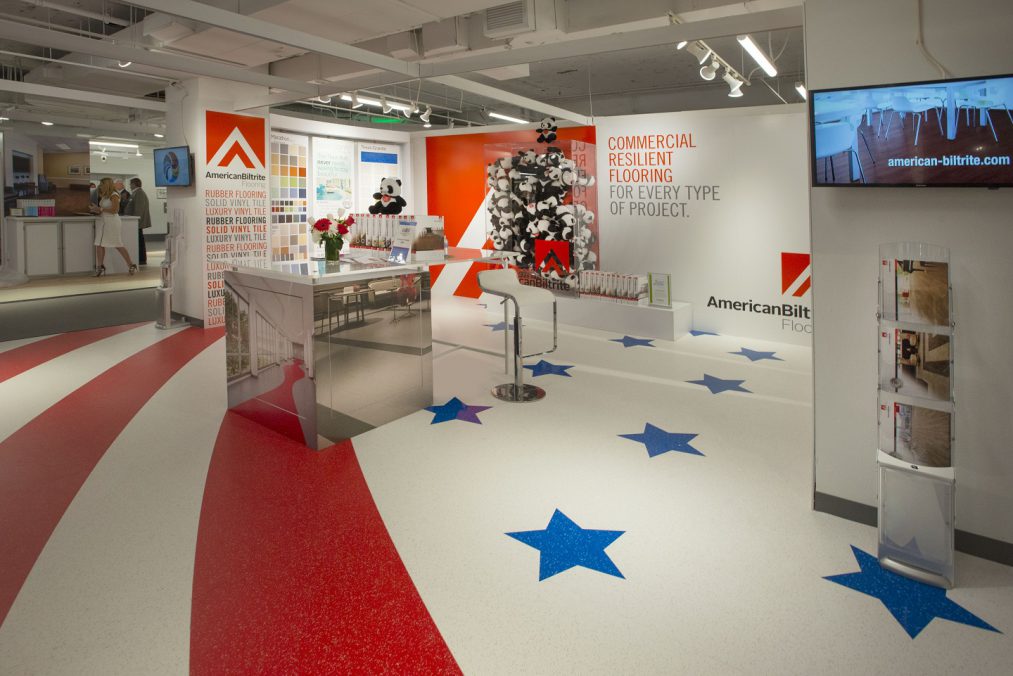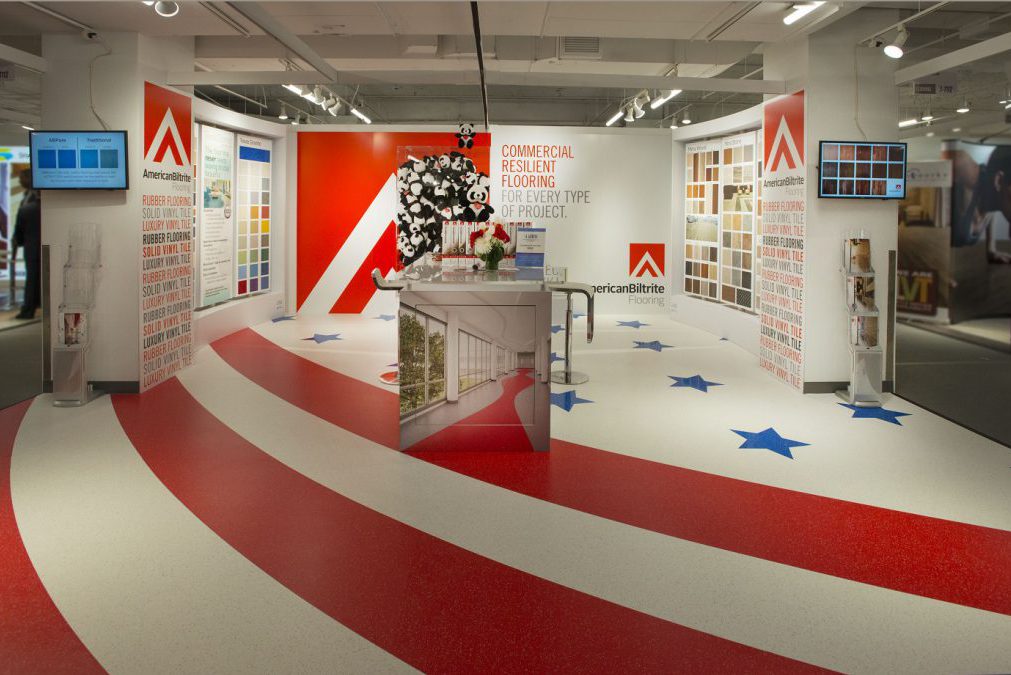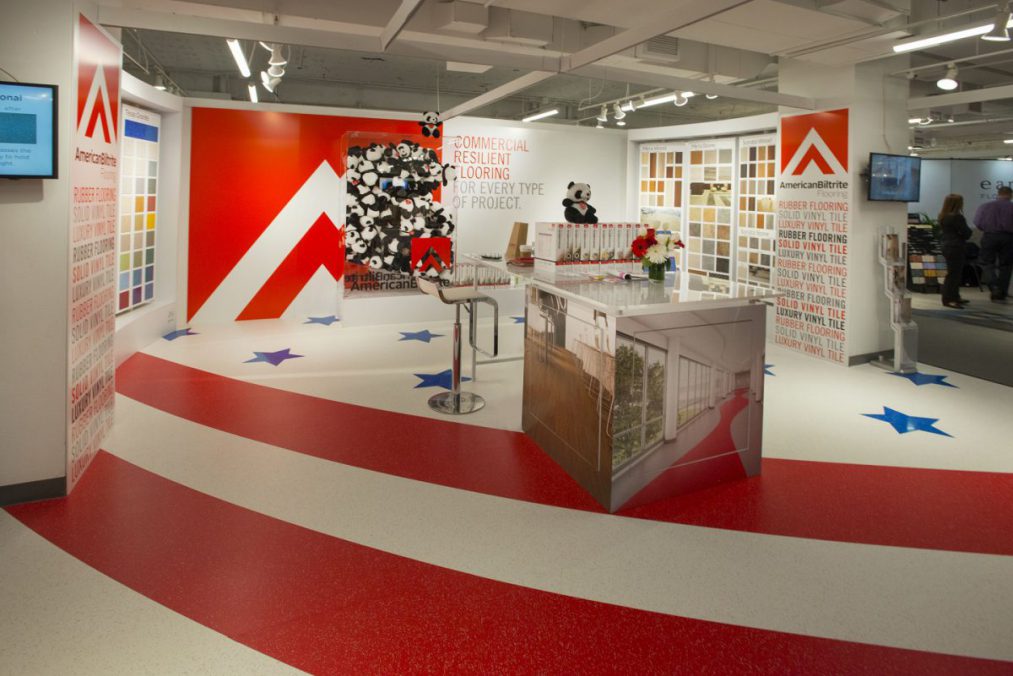Tradeshow Budgets – Making Every Dollar Count
In the movie Titanic, when Jack is having dinner with the rich folks, a toast is made to “making it count.” We understand that sentiment. In fact, its one of our credos. Every customer, no matter what their budget, gives us their business because they expect us to make every dollar work hard against their business goals. We pursue that challenge by working to do three things on every program:
- Drive cost, time and waste out of the customer’s “go-to-show” process – for instance, by eliminating unnecessary complexity and non-performing cost elements, or by streamlining work processes
- Improve the program’s ability to attract, engage and ultimately make meaningful connections with targeted audiences – for instance, by incorporating the elements of a TED Talk to power-up on-floor sales conversations, or by weeding out potential turn-offs from the the in-booth experience that actually drive people away
- And when designing a new booth we identify the factors – upfront – that are most likely to out-mode an exhibit and require it to be replaced in the future – things like new configuration needs, new functions, changing brands and stories – so we can design in the flexibility required to keep the customer’s investment working longer
Doing these things means examining all aspects of a program to identify weaknesses and opportunities, then brainstorming and implementing strategies to address them. For an example of how this process works, we offer American Biltrite, a flooring company in need of small exhibits for multiple events, including a showroom at NEOCON. The lifeblood of anyone in the fashion business is “what’s new.” So our challenge was to help them look new and show what’s new without actually making everything new. We achieved this with a set of hyper-flexible components that can be cost-effectively redressed with new colors and products each year, and reconfigured with almost LEGO-like simplicity to meet a variety of configuration needs. The result? Minimal inventory. Maximum flexibility and shelf-life. It also looks pretty good too.


